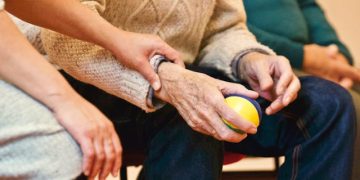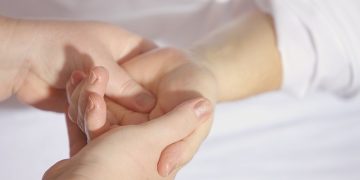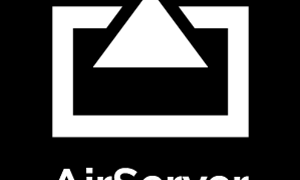For most people dealing with depression, antidepressant medication is one of the only treatment options to relieve symptoms day to day. However, most who have tried antidepressants will tell you they're no walk in the park. It can take years of trial and error to find a medication that works for you, and oftentimes medications come with side effects that might be more debilitating than depression symptoms themselves. Once you do find a medication that works, you can feel stuck taking a medication every day; many individuals would prefer a treatment that doesn't encourage dependence on a drug, but the effects of antidepressants wear off when you stop taking them. Beyond that, about one-third of individuals with depression find no relief from any antidepressant medications. These cases are known as treatment-resistant depression.
For people with treatment-resistant depression and those looking for alternatives to medication, there are effective alternative treatment options available. At our clinics TMS & Brain Health and clinics worldwide, TMS and neurofeedback are being employed with favorable results. These two treatment options are extremely safe and effective in relieving depression symptoms, especially for treatment-resistant depression. They are also completely drug-free and don't promote daily dependence on medication. They should be recommended as part of a holistic mental health treatment plan that is tailored specifically to you.
1. Transcranial Magnetic Stimulation (TMS)
Transcranial magnetic stimulation is a technique that has been used in clinical trials since the 1980's. Originally used to measure brain activity, TMS became FDA-approved as a treatment for depression in 2008. It also is used to treat a variety of other mental disorders and conditions, such as PTSD, anxiety, and chronic pain. So, you're probably still wondering, what is TMS?
TMS is a non-invasive process in which a small device is applied to the scalp. The device transmits magnetic pulses through the skull, which activate neurons in the brain. Modern TMS devices can target specific areas of the brain. This allows us to target a region within the basal ganglia that is known to be related to depression. When neural activity is stimulated in this area, it is over 60% effective in relieving depression symptoms, which is more effective than any standard antidepressant. TMS is also unique in that it offers lasting symptom relief. A typical TMS treatment course takes 5-6 weeks; many patients start responding to the treatment within the first week, and individuals can experience an improvement in symptoms for many months afterwards.
The TMS process is safe, simple, and has few side effects. The biggest safety risk of TMS is a risk of seizure, which is less than 0.1%. Additionally, individuals with a predisposed risk of seizure, such as epilepsy, may not be approved for TMS. Individuals with metal implants also may not be approved due to interaction with the magnetic device.
During treatment, patients simply relax in a comfortable chair at a TMS clinic while the clinician calibrates the TMS device and administers the magnetic pulses. The duration of the actual treatment depends on the type of TMS, but the whole process usually takes less than an hour. Patients commonly report feeling a knocking sensation or sensitivity on the scalp while the device is on, and some report a mild headache that subsides after treatment. The average TMS treatment course consists of 5 sessions per week for 6 weeks for a total of 30 treatment sessions.
2. Neurofeedback
Another drug-free, a non-invasive treatment option is neurofeedback. This process involves monitoring neural activity in order to help the patient “retrain their brain”. During a neurofeedback therapy session, electrodes are used to map brain activity in real-time and give feedback to various types of brain waves. The patient simply observes their own brain activity and identifies specific patterns that occur during positive thoughts as well as depressed, anxious, or other negative thoughts. By providing feedback to brain wave patterns, the patient can train themselves how to regulate their own brain activity.
A standard neurofeedback treatment course involves one to two therapy sessions per week until the patient sees significant improvement. Additional “booster” sessions can be scheduled later on to improve the effectiveness of the treatment. The electrodes used during treatment do not cause any shocks or pain; in fact, the micro-currents produced are imperceptible to the individual. Similarly to TMS, patients simply sit in a comfortable chair and monitor their brain activity during neurofeedback sessions.
Just as with TMS, neurofeedback is commonly used to treat conditions beyond depression, including anxiety, PTSD, ADHD, OCD, and more. Neurofeedback is another promising treatment alternative to medication that can provide lasting relief and teach patients valuable skills in brain regulation.

























